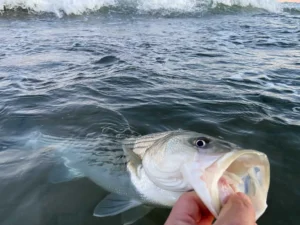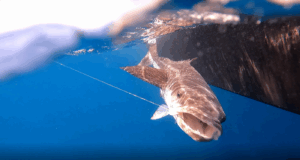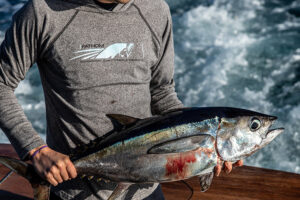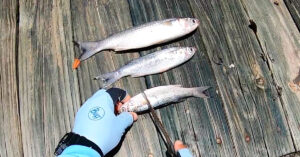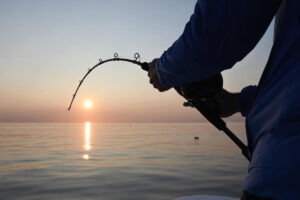Bottom fishing is a tried-and-true method for catching some of the most sought-after reef dwellers in the ocean—namely snapper and grouper. Whether you’re a beginner or a seasoned angler looking to refine your approach, understanding the basics of bottom fishing is key to success. Here’s what you need to know.
1. Understanding the Target Species
Snapper (like red snapper, mangrove snapper, and yellowtail) and grouper (such as gag, red, and black grouper) are structure-oriented fish. They dwell around reefs, wrecks, ledges, and rock piles, typically at depths ranging from 30 to over 200 feet. These fish are aggressive feeders and are often caught on bait fished near the ocean floor.
2. Gear and Tackle
Bottom fishing requires sturdy gear that can handle the hard runs and powerful surges of snapper and especially grouper.
- Rod and Reel: Use a heavy spinning or conventional rod with a strong backbone. Pair it with a high-capacity reel, preferably with a strong drag system.
- Line: 30–80 lb braided line is ideal for its sensitivity and strength, allowing you to feel the bite and muscle the fish away from structure.
- Leader: Use a fluorocarbon leader in the 40–80 lb range to prevent break-offs from the fish’s abrasive mouth and surrounding structure.
3. Rigging Up
Two popular rigs for bottom fishing are the knocker rig and the fish finder rig. Both allow your bait to sit near the bottom while providing a natural presentation.
- Knocker Rig: The sinker sits above the hook, sliding down the line. It’s great for getting bait right into rocky crevices.
- Fish Finder Rig: Uses a sliding sinker on a swivel with a long leader to the hook—better for open-bottom areas or sandy patches near structure.
4. Best Baits
Snapper and grouper are not picky eaters, but live and fresh-cut bait often outperform artificial lures.
- Live bait: Pinfish, pilchards, grunts, and cigar minnows.
- Cut bait: Squid, mullet, bonito, or sardines.
- Artificial lures: Heavy jigs or bucktails tipped with bait can also be effective, especially in deeper water.
5. Techniques and Tips
- Anchor or drift: Anchoring over structure gives you pinpoint placement, while drifting can help cover more ground and find fish actively feeding.
- Drop and hold: Drop your bait to the bottom and reel up just enough to avoid snagging. Stay alert for subtle bites, especially from snapper.
- Set the hook fast: Especially with grouper, once they bite, they head straight for cover—so don’t hesitate.
- Check local regulations: Snapper and grouper are heavily regulated, with specific size and bag limits. Always check current rules before your trip.
6. Safety and Conservation
Bottom fishing often happens offshore, so always prepare for changing weather, bring safety equipment, and let someone know your plan. Use circle hooks when possible—they improve hook-up ratios and are better for catch-and-release. Respecting size and bag limits ensures healthy fish populations for future generations.
Whether you’re fishing the Gulf of Mexico, the Atlantic coast, or the Caribbean, bottom fishing for snapper and grouper is a rewarding way to connect with the underwater world. With the right gear, a bit of knowledge, and some patience, you’ll be hauling up delicious reef fish in no time.



